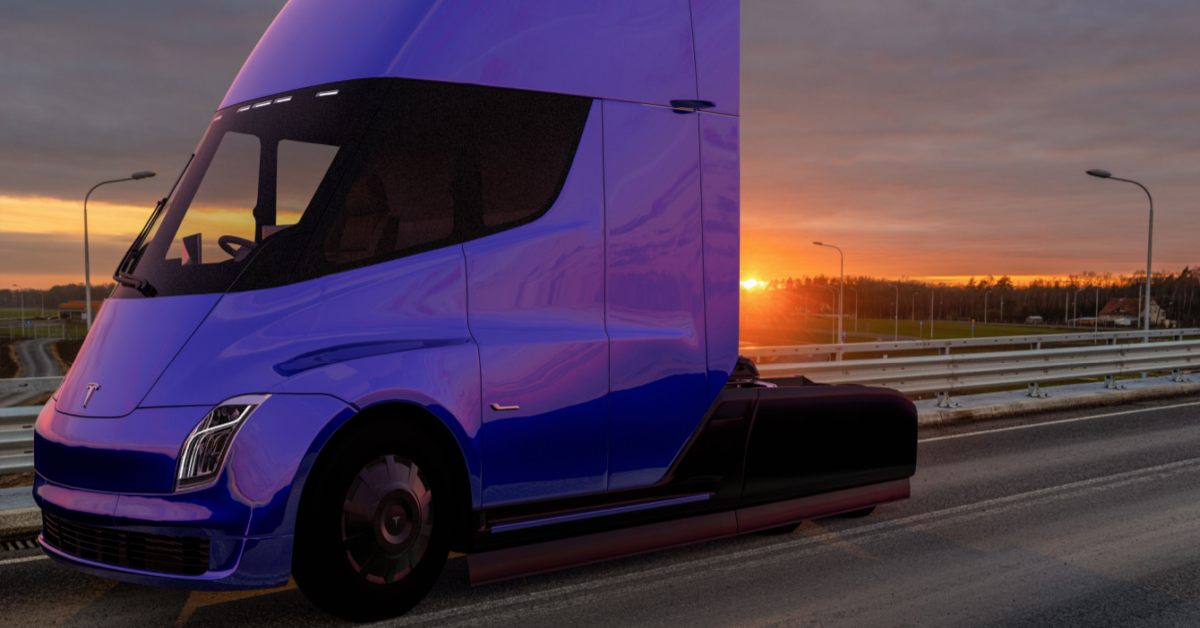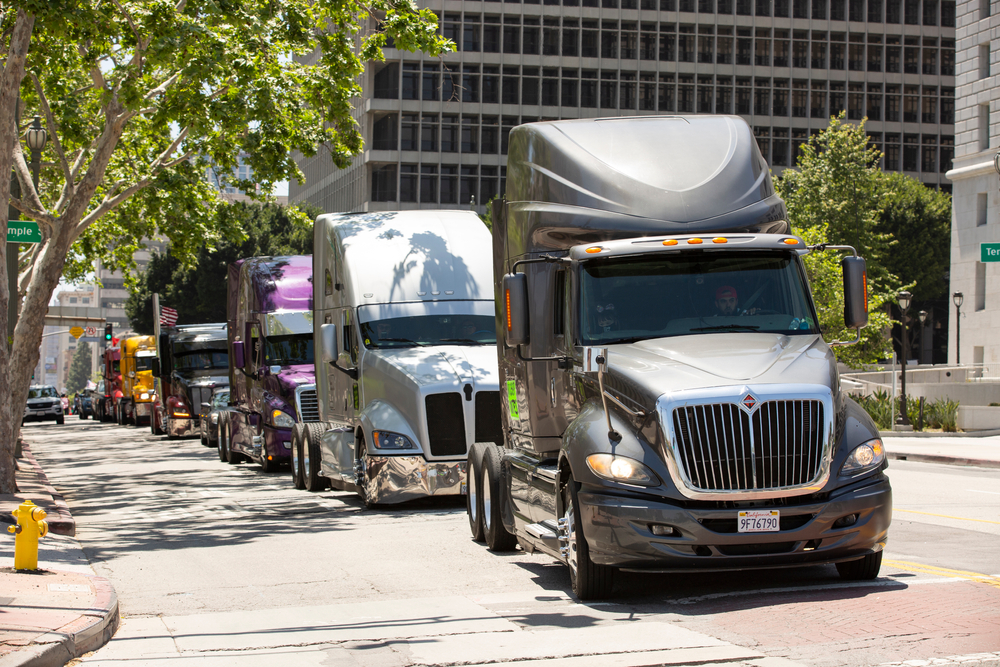
Freight carriers appear willing to transition to battery electric tractors to stay ahead of California’s emissions mandates. But with annual rolling power grid blackouts, do electric semi-trucks put companies and the supply chain at risk?
Schneider ranks among the many transportation outfits adding Class 8 electric vehicles to its California fleet. The Green Bay-based organization recently hosted Freightliner at its headquarters to give team members a glimpse of the eCascadia Class 8 electric truck. Last year, Schneider announced it would integrate 62 Freightliner eCascadia’s into its Southern California operations. The move is part of the organization’s sustainability plan.
“Schneider is committed to leading the charge in testing and training new technologies before bringing them to the market, and we are grateful for Freightliner offering and showcasing such advancements here in Green Bay,” Schneider CAO Rob Reich reportedly said. “Electric vehicle integration is of the utmost importance, and we are so excited for it here at Schneider.”
Sysco Corporation recently issued a letter of intent to acquire upwards of 800 Freightliner eCascadia Class 8 tractors and deploy them steadily through 2026. The food distribution giant plans to electrify more than one-third of its fleet by 2030. The first trucks are expected to arrive at Sysco’s Riverside, California, before year’s end.
Although the $1.2 trillion Infrastructure spending package includes EV charging stations throughout the country, trucking industry decision-makers may be wary of the power grids backing them up. California typically experiences rolling blackouts during the hottest months, when residents and businesses ramp up HVAC systems.
Heading into Labor Day Weekend, the California Independent System Operator (CAISO) issued a warning that power grids could become overtaxed. Residents were urged to raise thermostats to 78 degrees and refrain from charging electric vehicles.
“We are facing a load forecast of 48,817 megawatts and energy deficits between 2,000 and 4,000 megawatts for Monday, resulting in the highest likelihood of rotating outages we have seen so far this summer,” CAISO president and CEO Elliot Mainzer reportedly said.
That report may have trucking companies concerned about the ability to power up and make on-time deliveries. The eCascadia has a 440 kWh battery that delivers approximately 230 miles before requiring a recharge. Such specs are not comparable to diesel trucks that generally traverse 1,000 to 1,500 miles before refueling. But the elephant in the room is the lack of electricity-generating plants.
California reportedly purchases more electricity than any other state. Its primary suppliers include Pacific Northwest neighbors, Texas, and a percent comes across the border from Mexico. Approximately one-third of the Golden State’s power is imported, making it among the most dependent in the country. Part of the state’s aggressive push to lower emissions also includes a ban on the sale of new gasoline-powered passenger vehicles by 2035. That means more electricity than ever before will be required to run the Golden State.
Unless a plan emerges to meet the growing need for more electricity in the immediate future, trucking companies can anticipate highly inflated energy costs and shortages during peak usage periods. It may be time for lawmakers to tap the brakes, build power plants and avoid another West Coast supply chain crisis.
Sources: insideevs.com, businesswire.com, foxbusiness.com, nationalgeographic.com











That’s the problem you want to go green but you do not have the ability to do it!
These articles have to get shared. The public has no idea because the media won’t report facts that are negative to the liberal agenda.